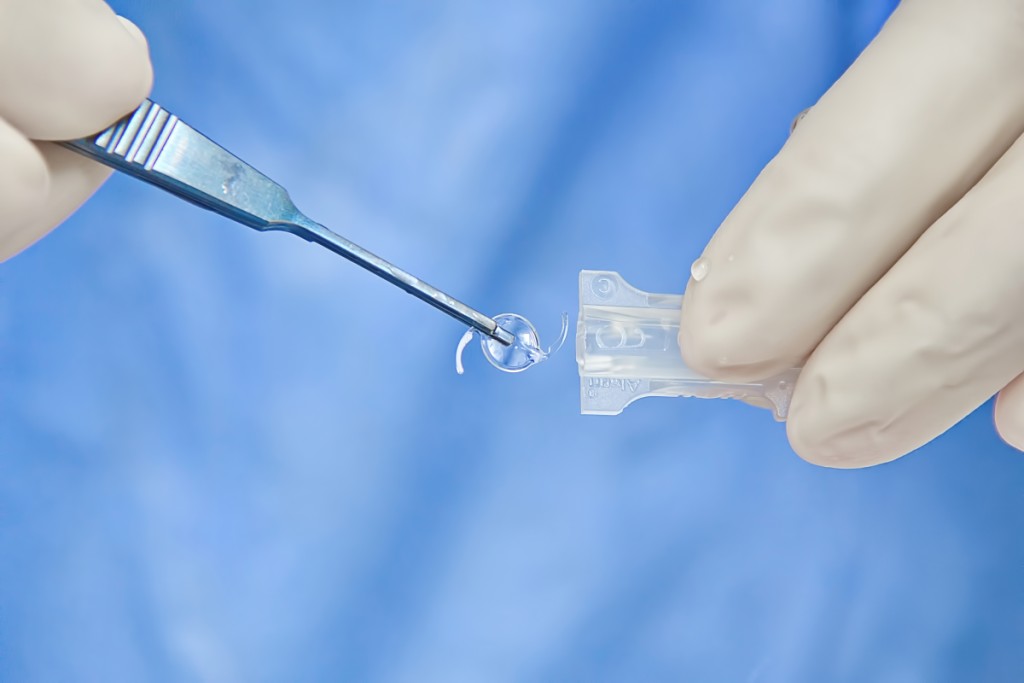
Live long enough, and you are virtually certain to develop cataracts. The lens of the eye clouds, resulting in blurry vision. Cataract surgery is one of the most common procedures performed in the U.S. During this operation, the natural lens is replaced with an artificial lens. When it comes to deciding on a lens for cataract surgery, patients have several choices. They can opt for standard intraocular lenses (IOLs) or the premium variety. The top eye specialists at Austin Eye discuss what you should look for when choosing a premium lens for cataract surgery or lens replacement.
Standard vs. Premium Lenses
A standard IOL will correct vision at one distance. For instance, if the IOL is set for distance vision, the patient may still need glasses to see clearly close up, such as when reading. However, this monofocal or single-focus lens is covered by Medicare and the majority of insurance companies.
A premium lens allows patients to see clearly up close, at a distance and at mid-range. Along with correcting nearsightedness and farsightedness, certain premium lenses can also help patients with astigmatism. Patients may have to pay for a premium lens on their own.
Choosing a Premium Lens
Premium lenses generally alleviate the need to wear glasses after cataract surgery. Choose the right premium lens based on your specific vision needs. Here are some types of premium lenses:
- Toric IOL – These lenses are designed for patients with astigmatism.
- Multifocal IOL – Much like bifocal glasses, these lenses contain multiple focusing powers.
- Accommodating IOL – This premium lens uses your eye muscles for focusing power adjustment.
- Extended depth of focus (EDOF) – EDOFs provide a wide range of clear vision with minimal need for glasses.
Premium Lens Candidates
Premium lens replacement is the preferred surgery for vision correction in patients over age 45. The technology has evolved to the point where it creates vision similar to what the patient had in their early 40s. That means a patient in their 80s undergoing premium lens replacement might see the way they did half a lifetime ago.
Keep in mind that some patients may still need glasses for certain activities after premium lens replacement. However, most patients will not need glasses after premium lens replacement or will only need them on occasion.
Premium lenses are usually not recommended for patients dealing with other eye diseases, such as glaucoma or macular degeneration.
For patients under 40, LASIK is the preferred vision correction method.
Contact Us
If you would like more information about choosing a premium lens for cataract surgery or lens replacement, contact the eye care specialists at Austin Eye to schedule a consultation. We will answer all of your questions so that you can make an informed decision.







